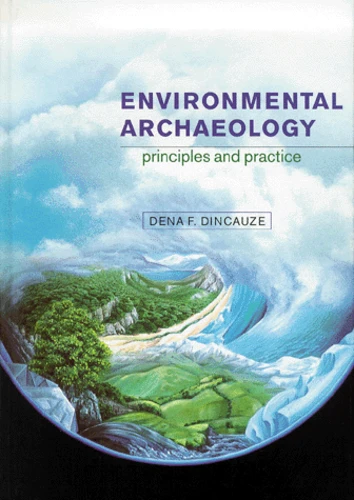Environmental Archaeology. Principles And Practice
Par :Formats :
- Paiement en ligne :
- Livraison à domicile ou en point Mondial Relay indisponible
- Retrait Click and Collect en magasin gratuit
- Nombre de pages587
- PrésentationRelié
- Poids1.315 kg
- Dimensions17,8 cm × 25,4 cm × 4,1 cm
- ISBN0-521-32568-4
- EAN9780521325684
- Date de parution11/08/2000
- ÉditeurCambridge University Press
Résumé
Archaeologists today need a wide range of scientific approaches in order to delineate and interpret the ecology of their sites. Dena Dincauze has written an authoritative and essential guide to a variety of archaeological methods, ranging from techniques for measuring time with isotopes and magnetism to the sciences of climate reconstruction, geomorphology, sedimentology, soil science, paleobotany and faunal paleoecology. Professor Dincauze insists that borrowing concepts from other disciplines demands a critical understanding of their theoretical roots. Moreover, the methods that are chosen must be appropriate to particular sets of data. The applications of the methods needed for an holistic human-ecology approach in archaeology are illustrated by examples ranging from the Paleolithic through classical civilizations, to recent urban archaeology.
Archaeologists today need a wide range of scientific approaches in order to delineate and interpret the ecology of their sites. Dena Dincauze has written an authoritative and essential guide to a variety of archaeological methods, ranging from techniques for measuring time with isotopes and magnetism to the sciences of climate reconstruction, geomorphology, sedimentology, soil science, paleobotany and faunal paleoecology. Professor Dincauze insists that borrowing concepts from other disciplines demands a critical understanding of their theoretical roots. Moreover, the methods that are chosen must be appropriate to particular sets of data. The applications of the methods needed for an holistic human-ecology approach in archaeology are illustrated by examples ranging from the Paleolithic through classical civilizations, to recent urban archaeology.

